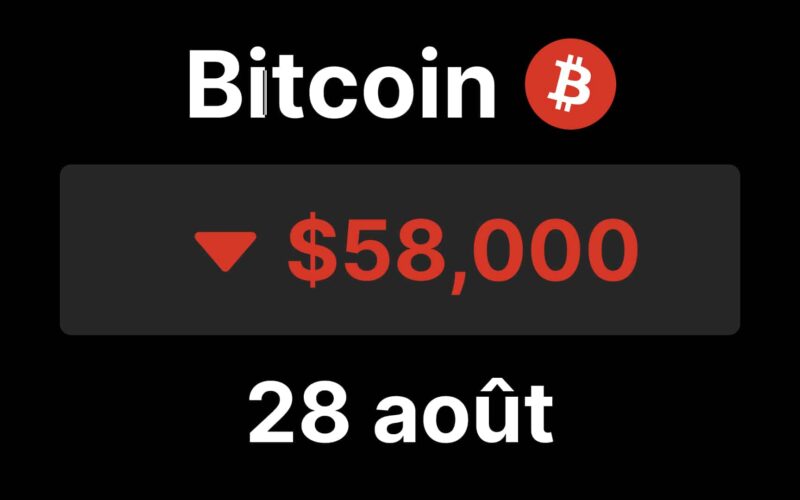Bitcoin Suffers a Sudden Drop, while ETH Underperforms
Bitcoin experienced a sudden drop of nearly 6% on Tuesday night, erasing recent gains following a favorable speech by Jerome Powell and the pro-crypto alliance between Trump and RFK Jr.
ETH fared better with a 3% drop during the same period, but it continues to underperform compared to Bitcoin since the beginning of the year, mainly due to the limited success of Ethereum ETFs.
The macroeconomic context, marked by a decline in the US stock markets and uncertainty about the Fed’s future decisions, adds pressure on cryptocurrencies, with particular attention on upcoming economic reports.
Ethereum Follows the Trend, but the Gap with Bitcoin Widens
Ethereum, the second largest cryptocurrency in terms of market capitalization, resisted slightly better, only losing 3% during the same period. However, in the long term, ETH has underperformed compared to Bitcoin, experiencing a drop of over 20% since the beginning of the year in terms of relative value to Bitcoin, reaching its lowest level since April 2021. At $2,490 at the time of writing, ETH’s annual increase in 2021 has dwindled to only 9%, compared to a 39% increase for Bitcoin.
This divergence between the two cryptos is partly explained by the contrasting success of their respective ETF launches this year. Bitcoin ETFs have attracted over $10 billion in net flows, while ETH investment vehicles have seen their assets decrease since their introduction.
A Less Favorable Macroeconomic Context
This pressure on cryptos adds to the declines observed in major US stock indices, led by a 1.3% drop in the tech-heavy Nasdaq. The 3% drop in Nvidia shares (NVDA), ahead of its quarterly earnings release scheduled for Wednesday evening, has contributed significantly to this trend. Although Nvidia is still slightly below its earlier summer peak, the stock remains up 159% since the beginning of the year, leaving room for correction in case of disappointment in its results or outlook.
Furthermore, a turnaround is starting to unveil regarding the optimism sparked by Jerome Powell’s accommodative statements at last week’s Jackson Hole conference. Traders had quickly anticipated a near 50% probability of the Fed cutting its benchmark rate by 0.5% at the September meeting, compared to the initially presumed 0.25%. But the probabilities seem to be reversing again, with 36% chances of a 0.5% hike now.
However, several economic indicators, including the job and inflation reports for August, are still to be released before this September meeting. For the Fed to opt for such a significant rate cut, these figures would likely have to be particularly weak.




